The 1960s were a time of bold experimentation in everything from fashion to food, and packaging design was no exception. Food products came wrapped, boxed, and bottled in ways that would never make it past modern safety, environmental, or marketing regulations. From eye-catching but impractical materials to questionable health claims, these designs are a nostalgic reminder of how far we’ve come. Let’s dive into 15 food packaging designs from the ’60s that simply wouldn’t fly today.
1. Glass Soda Bottles with Steel Caps
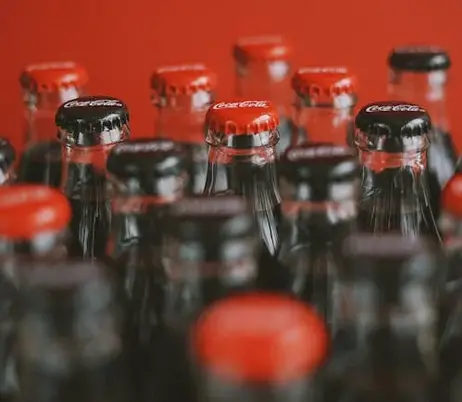
Soda bottles in the 1960s were predominantly made of glass with sharp-edged steel caps that required a bottle opener. While they looked sleek and felt heavy in your hand, they were a safety hazard. Glass bottles shattered easily, leading to potential injuries, and the steel caps could leave sharp fragments if not opened carefully.
Modern safety concerns and the rise of lightweight plastic pushed glass bottles out of mass circulation for soda. Today’s resealable plastic or aluminum containers are far more practical—but they don’t have the same nostalgic charm.
2. Cigarette Candy in Carton-Like Boxes
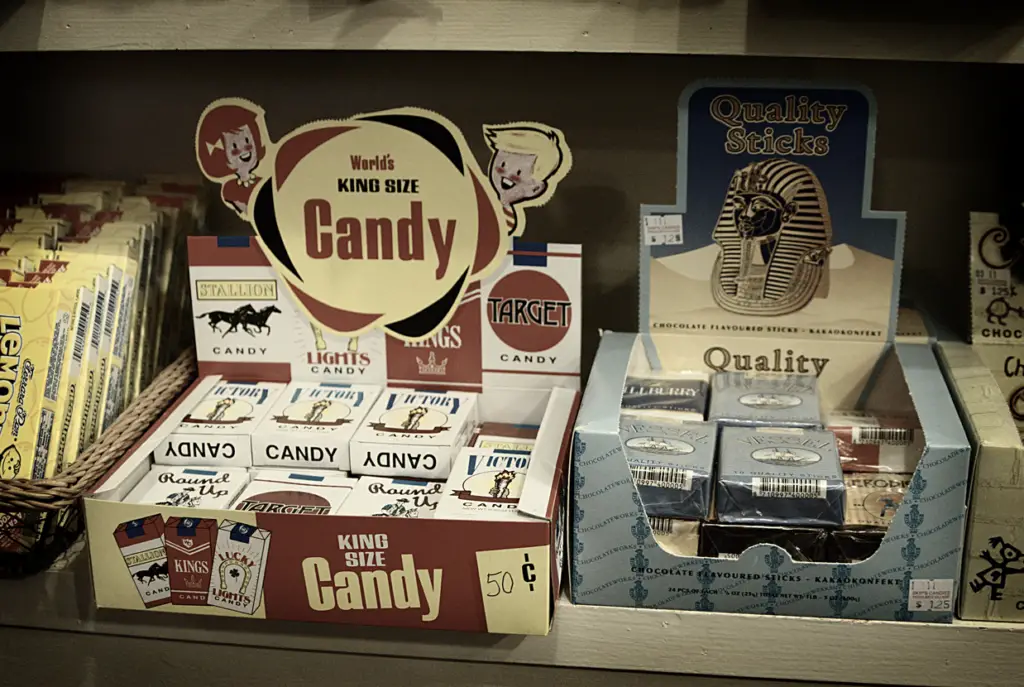
Candy cigarettes were a popular treat in the 1960s, often packaged in boxes that mimicked real cigarette cartons. The designs featured bold fonts and logos eerily similar to actual tobacco brands, which would be unthinkable today. Critics argued that the packaging glamorized smoking and targeted children with unhealthy habits.
Modern advertising laws and public health concerns have banned these designs, but for those who remember, these little boxes were a mix of innocent fun and questionable influence.
3. Metal Coffee Cans
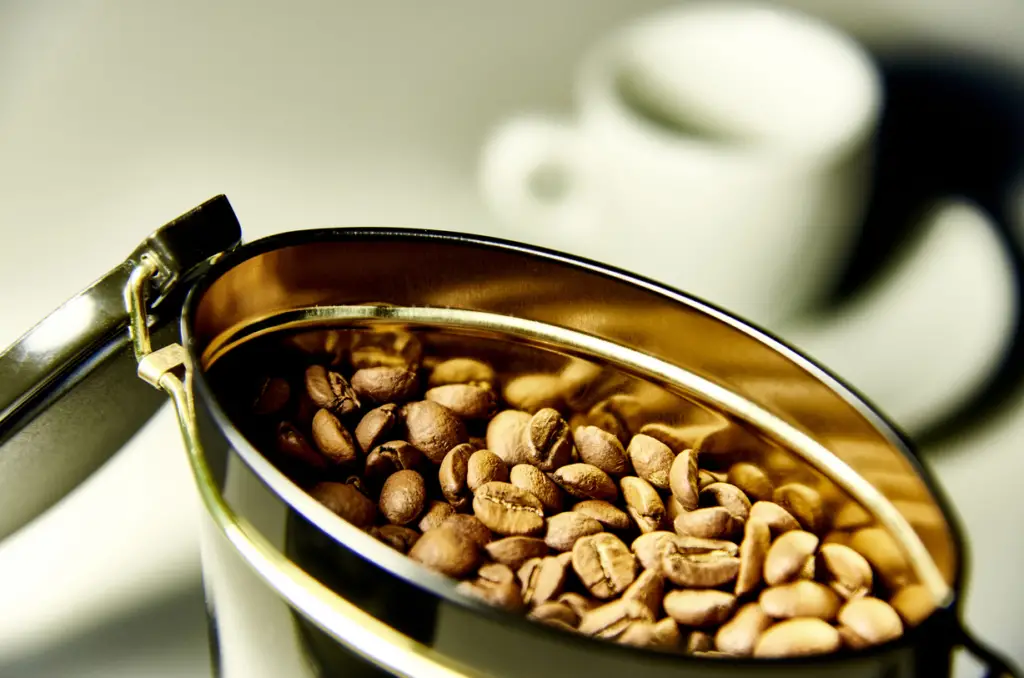
Coffee in the ’60s was sold in heavy, sharp-edged metal cans that required a can opener to access. The edges left behind after opening were a constant safety risk, and the metal cans were difficult to recycle by today’s standards.
While their durability was a selling point, the rise of resealable plastic containers and lightweight packaging eventually rendered them obsolete. Still, many remember the satisfying “pop” of the vacuum-sealed lid breaking open.
4. Brightly Colored Aluminum Popsicle Wrappers
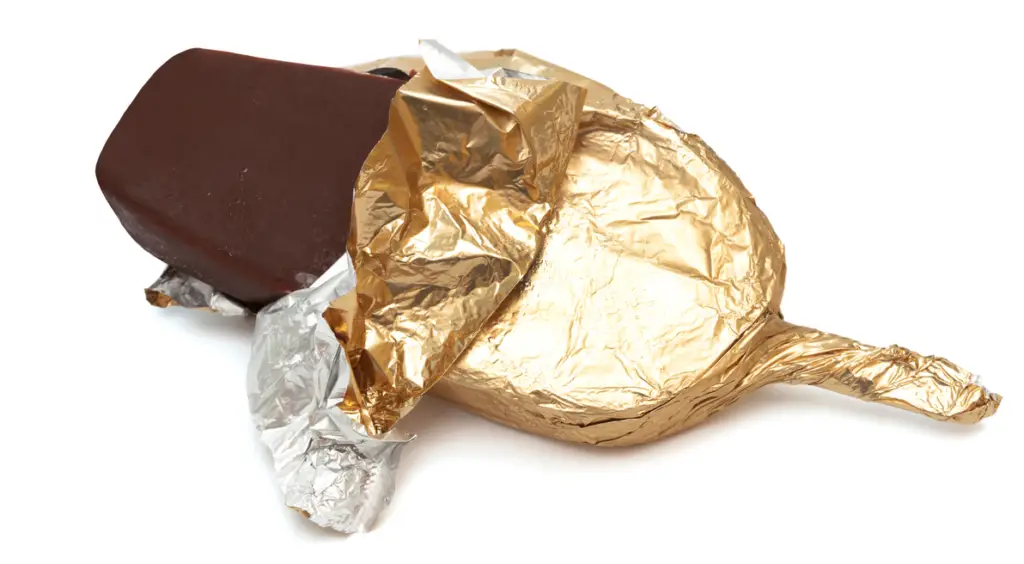
Popsicles in the ’60s were often wrapped in brightly colored aluminum foil, which was shiny and eye-catching but not very practical. The foil could tear easily, exposing the frozen treat to germs or dirt. Worse, small pieces often stuck to the popsicle, creating a choking hazard for kids.
Today’s food safety regulations would never allow such fragile and potentially harmful packaging. Modern sealed plastic wrappers may lack the sparkle, but they’re far more hygienic.
5. Tins of Sardines with Pull Tabs
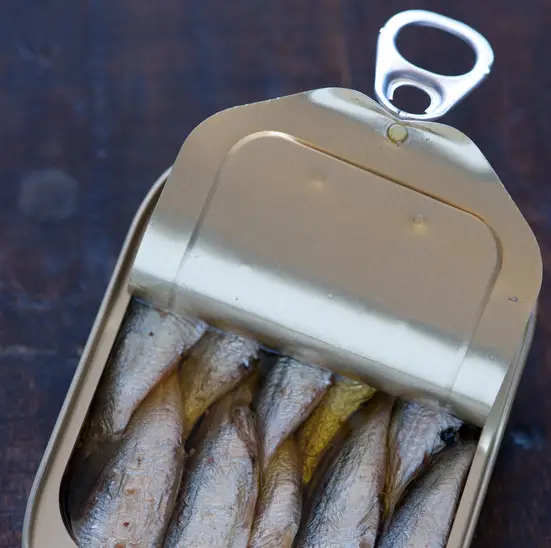
Sardines were famously packaged in tin cans with a built-in pull tab that rolled back the lid like a sardine can opener. While iconic, this design left jagged edges that could easily cut fingers. The small metal keys used to roll back the lids were also easy to lose, creating further frustration.
Modern sardine cans have been redesigned for safety, but the old-school packaging remains a reminder of an era when practicality sometimes took a back seat to novelty.
6. Plastic Milk Bags
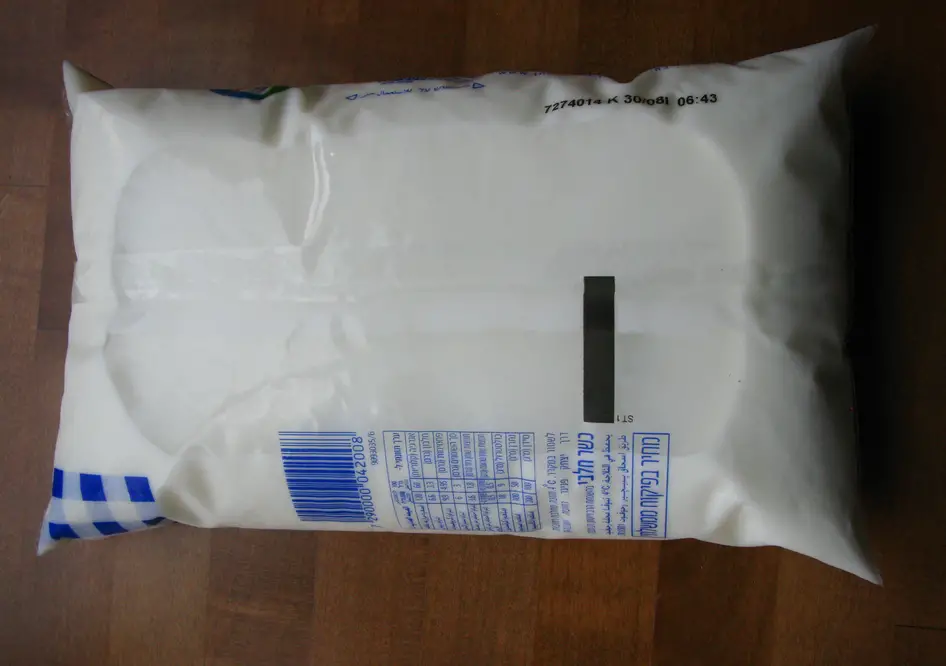
Milk was often sold in thin, floppy plastic bags in the ’60s, particularly in Canada and some parts of Europe. These bags were placed in reusable pitchers for pouring, but they were prone to punctures and leaks. The lack of resealability also made storage a messy ordeal.
While some regions still use milk bags, modern consumers prefer the convenience and sturdiness of cartons or plastic jugs. For many, the idea of cutting open a bag of milk seems downright bizarre today.
7. Glass Jars with Metal Lids and No Safety Seal
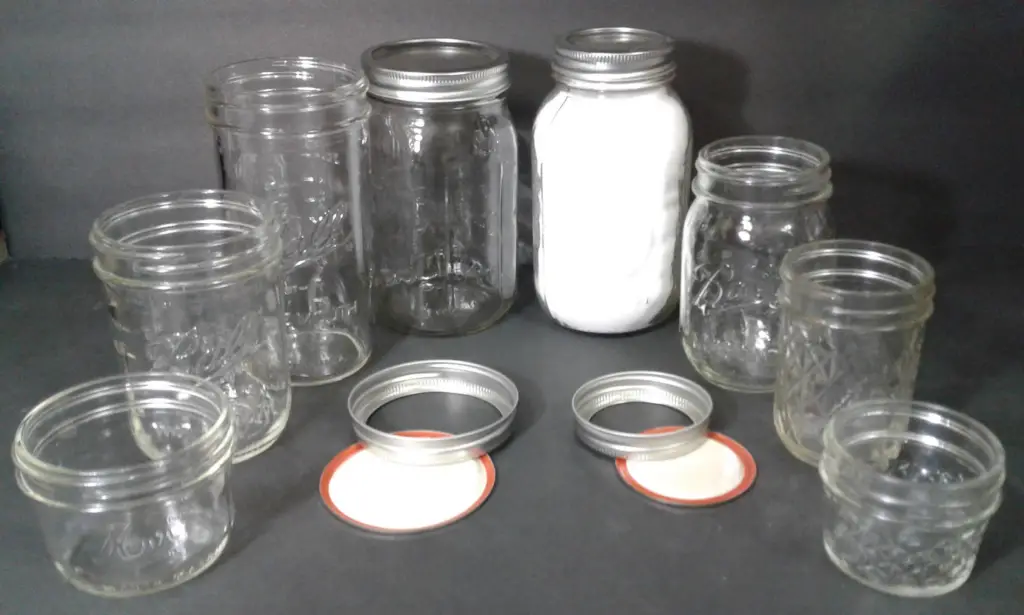
Glass jars with screw-on metal lids were a common sight in the ’60s, from peanut butter to pickles. However, these jars lacked the safety seals we rely on today. If a lid wasn’t screwed on tightly, there was no clear indication that the product had been tampered with.
Modern tamper-evident seals are now a must for food packaging, but these simple glass jars were a staple of the time, relying entirely on trust between the producer and the consumer.
8. Tins of Powdered Baby Formula
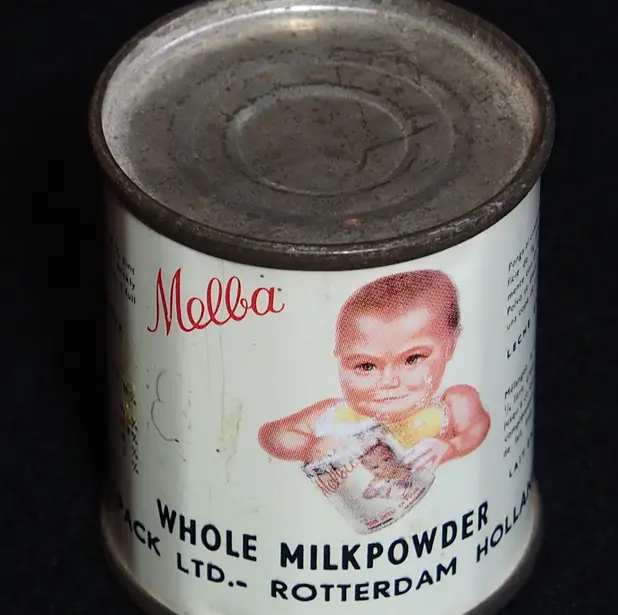
Baby formula in the 1960s was often sold in large metal tins with no inner seal. While convenient for storage, the lack of a protective layer made contamination a real risk. The sharp edges of the can opener could also create hazards, particularly for parents in a rush.
Today, baby formula is heavily regulated, with tamper-proof seals and better packaging materials that prioritize both safety and convenience.
9. Cereal Boxes with No Inner Plastic Bag
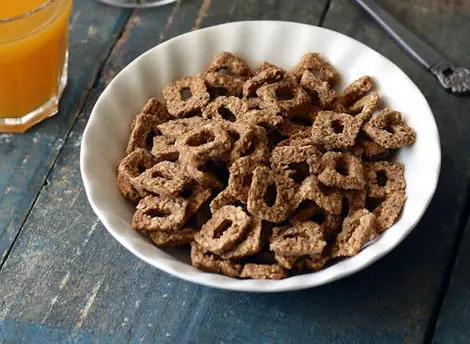
In the ’60s, some cereal brands sold their products in cardboard boxes without the now-familiar inner plastic liner. The lack of a barrier meant cereals could go stale quickly or absorb odors from nearby items in the pantry.
Modern packaging ensures freshness and hygiene, but for many kids of the era, cereal dust and stale flakes were just part of the morning routine.
10. Tin Foil Wrappers for Chewing Gum
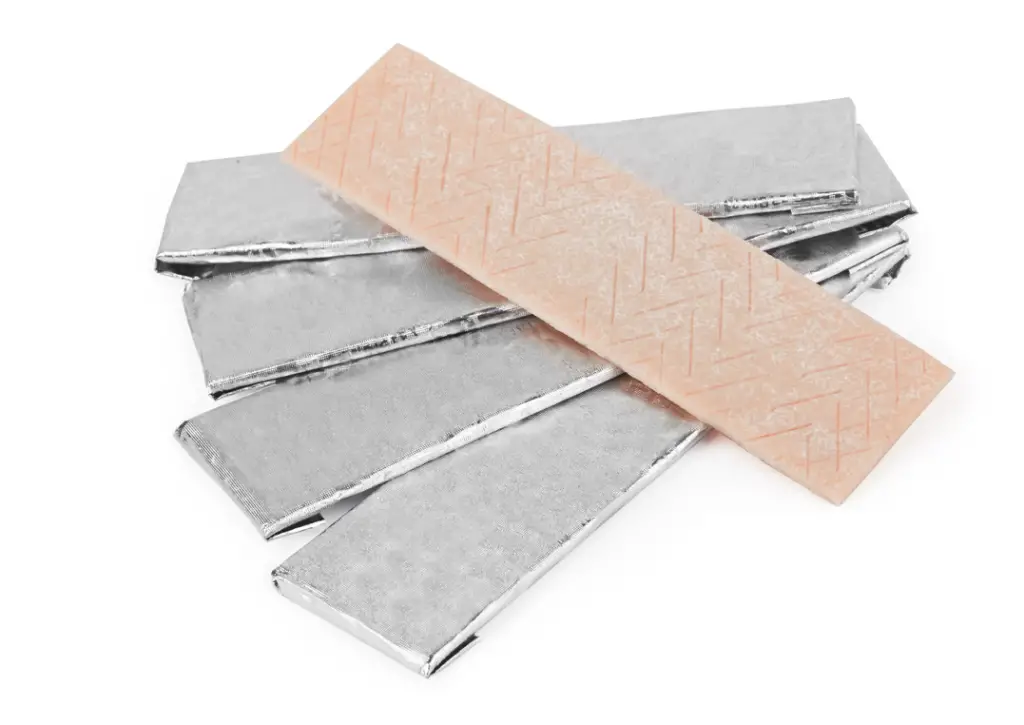
Chewing gum was often wrapped in individual sheets of foil paper, with colorful designs that made them visually appealing. However, the foil was thin and prone to tearing, leaving pieces stuck to the gum and posing a choking hazard.
Today’s gum packaging is far more robust, but these foil-wrapped sticks remain a nostalgic symbol of childhood for many.
11. Pull-Tab Soda Cans
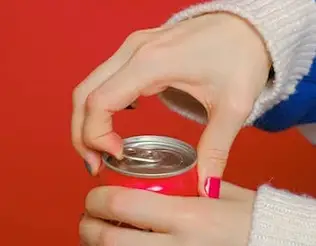
Pull-tab soda cans were an innovation in the ’60s, but their detachable tabs quickly became a littering nightmare. The sharp edges of the removed tabs also posed serious safety risks, both for those who accidentally stepped on them and for anyone who swallowed one by mistake.
The modern stay-on tab was introduced in the late ’70s and early ’80s, making soda cans much safer and more convenient to use.
12. Butter in Wax Paper
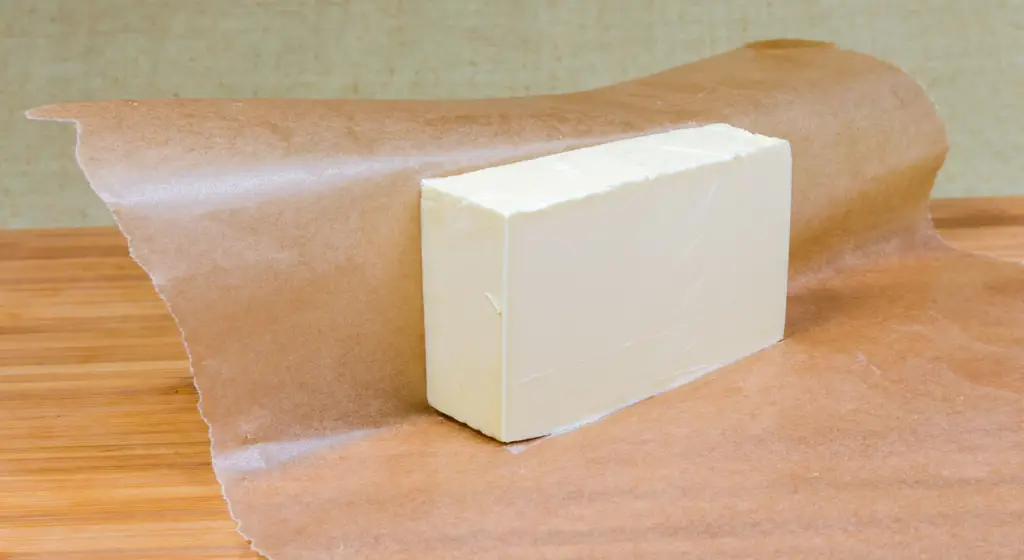
Butter in the 1960s was often sold in wax paper wrappers rather than the foil-lined paper we see today. The thin wax paper wasn’t great at preventing leaks or keeping butter fresh, especially once the stick was partially used.
Modern butter packaging is far more effective, but the wax paper sticks remain a hallmark of vintage kitchens, remembered for their simplicity and slight impracticality.
13. Bread Wrapped in Wax Paper
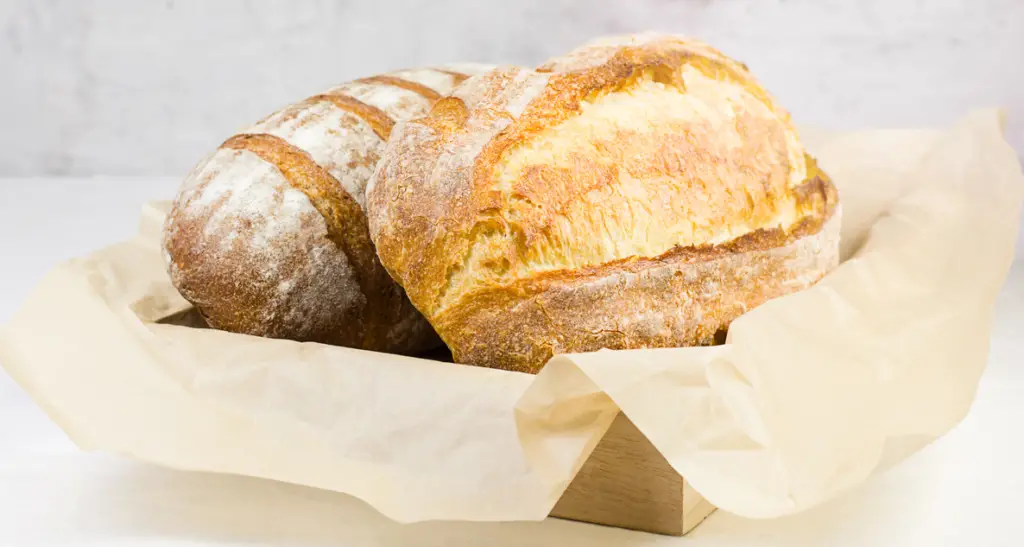
Before plastic bread bags became standard, loaves of bread were often wrapped in wax paper, which wasn’t airtight. This meant bread dried out faster and was more susceptible to contamination.
Plastic may not have the same retro appeal, but it revolutionized bread packaging, keeping loaves fresher for longer and protecting them from the elements.
14. Tin Potato Chip Cans
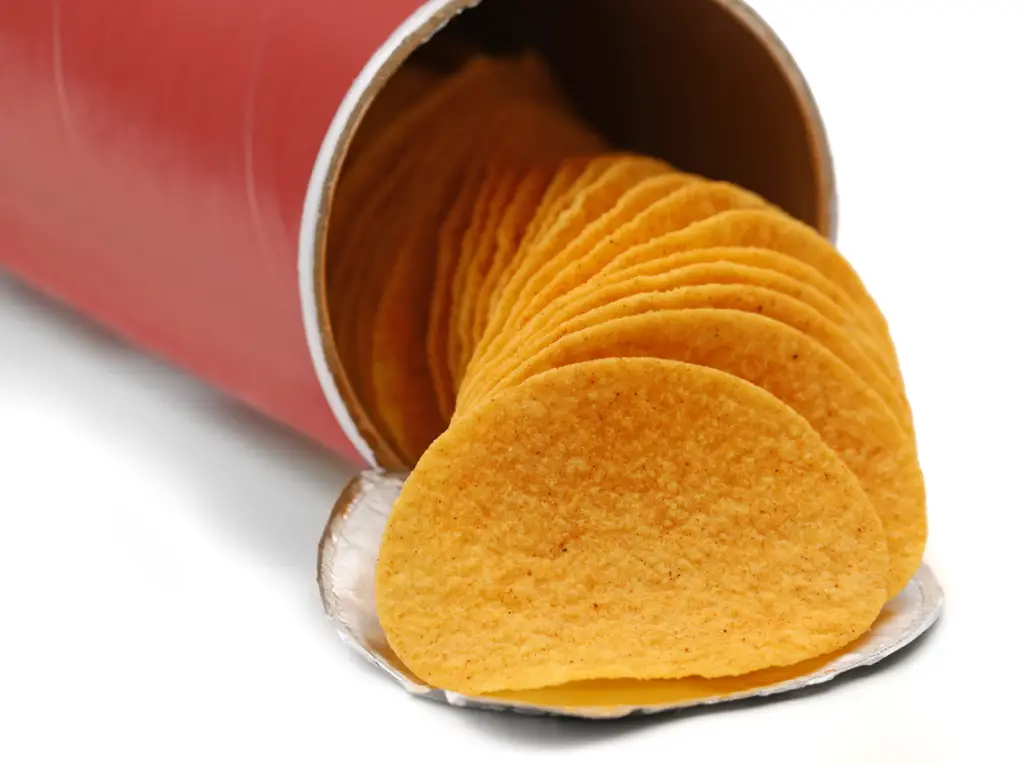
Potato chips were sometimes sold in tin cans with resealable lids, which were sturdy but impractical. The tins were heavy, took up a lot of space, and were difficult to recycle. The sharp edges of the lid also made opening and closing the can a bit risky.
Modern chip bags, while not perfect, are far more lightweight and convenient for snacking on the go. But those tins were undeniably charming in their bulky, retro way.
15. Cartons of Juice with Cardboard Spouts

Juice cartons in the ’60s often featured cardboard spouts that required careful pulling to open. The spouts were flimsy and prone to tearing, often leaving frustrated parents and spilled juice in their wake.
Today’s screw caps and resealable designs make juice cartons far more functional, but those old cardboard spouts are a vivid reminder of a less user-friendly time.
The packaging of the 1960s was a reflection of its era: colorful, experimental, and occasionally hazardous. While it wouldn’t pass today’s safety or environmental standards, it holds a special place in the memories of those who grew up with it, reminding us of the charm—and challenges—of mid-century consumer life.


